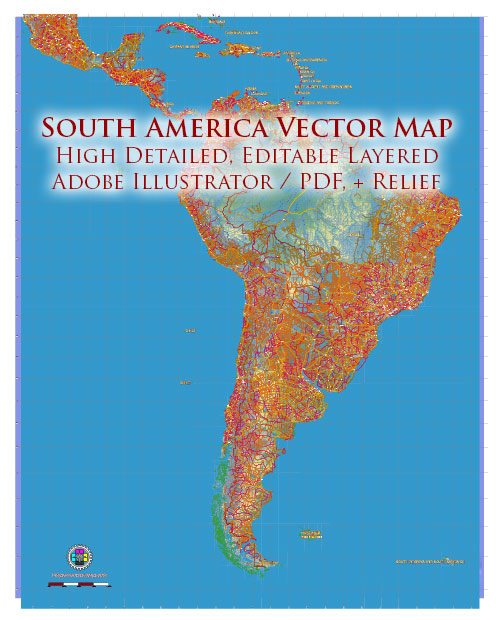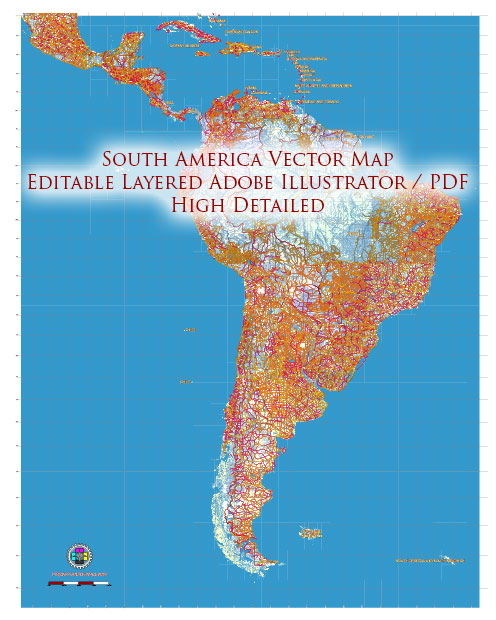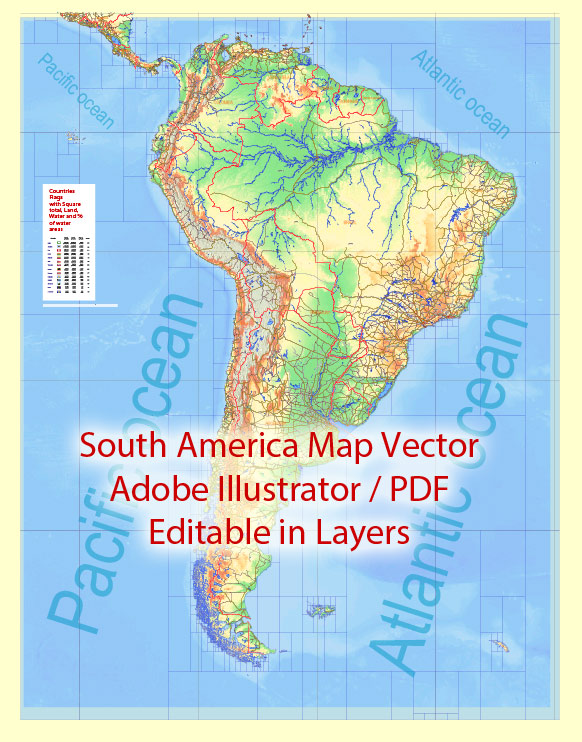South America has an extensive and diverse road system that connects its various countries and regions. The continent’s road network ranges from modern highways and well-maintained roads in urban areas to more rugged and challenging routes in rural and remote areas. Here’s a general overview of the road system in South America:
- Pan-American Highway: The Pan-American Highway, one of the world’s longest road systems, runs through South America. It stretches from Prudhoe Bay in Alaska, USA, to Ushuaia in Argentina, covering a significant portion of South America. This highway serves as a crucial transportation link, connecting many countries in the continent.
- Highways: Many South American countries have developed extensive highway networks to facilitate transportation within their borders. These highways often connect major cities and economic centers and vary in quality and maintenance. Countries like Brazil, Argentina, Chile, and Colombia have well-maintained highways.
- Andean Road System: The Andean region, which includes countries like Peru, Bolivia, and Ecuador, has a network of roads that traverse the mountainous terrain. Some of these roads are known for their challenging conditions and stunning views, making them popular with adventure travelers.
- Amazon Rainforest Roads: In the Amazon basin, there are limited road networks due to the dense rainforest. However, some countries have developed roads to access remote areas, often to facilitate logging, mining, and agriculture. These roads can be challenging to traverse, especially during the rainy season.
- Border Crossings: South America has numerous border crossings between countries, facilitating international trade and travel. Some of these crossings can be quite busy, while others are in more remote areas and see less traffic.
- Challenges: South America’s road system can be quite diverse and challenging due to the continent’s varied geography. In some regions, you’ll find well-paved highways, while in others, the roads may be unpaved or poorly maintained. Landslides, rockslides, flooding, and road closures due to protests are not uncommon in some areas.
- Tolls: Many countries in South America use toll booths to fund road maintenance and improvements. Travelers should be prepared to pay tolls on many major highways and bridges.
- Transportation Hubs: Major cities in South America typically have well-developed road systems to support urban transportation. These cities often have grid layouts with well-maintained roads and a variety of transport options, including buses and taxis.
- Remote Areas: Some remote regions, especially in the Amazon and the Andes, may have limited road access. In these areas, rivers and air transport often serve as primary means of transportation.
- Border Documentation: When traveling between South American countries, it’s important to have the necessary travel documents, such as passports and visas, as well as vehicle insurance if you plan to drive your own vehicle.
It’s essential to research the specific road conditions and requirements for your intended travel routes, as the quality and accessibility of roads can vary significantly from one region to another in South America. Additionally, local customs, driving regulations, and safety standards may differ, so it’s advisable to familiarize yourself with the rules and requirements for each country you plan to visit.




 Author: Kirill Shrayber, Ph.D.
Author: Kirill Shrayber, Ph.D.